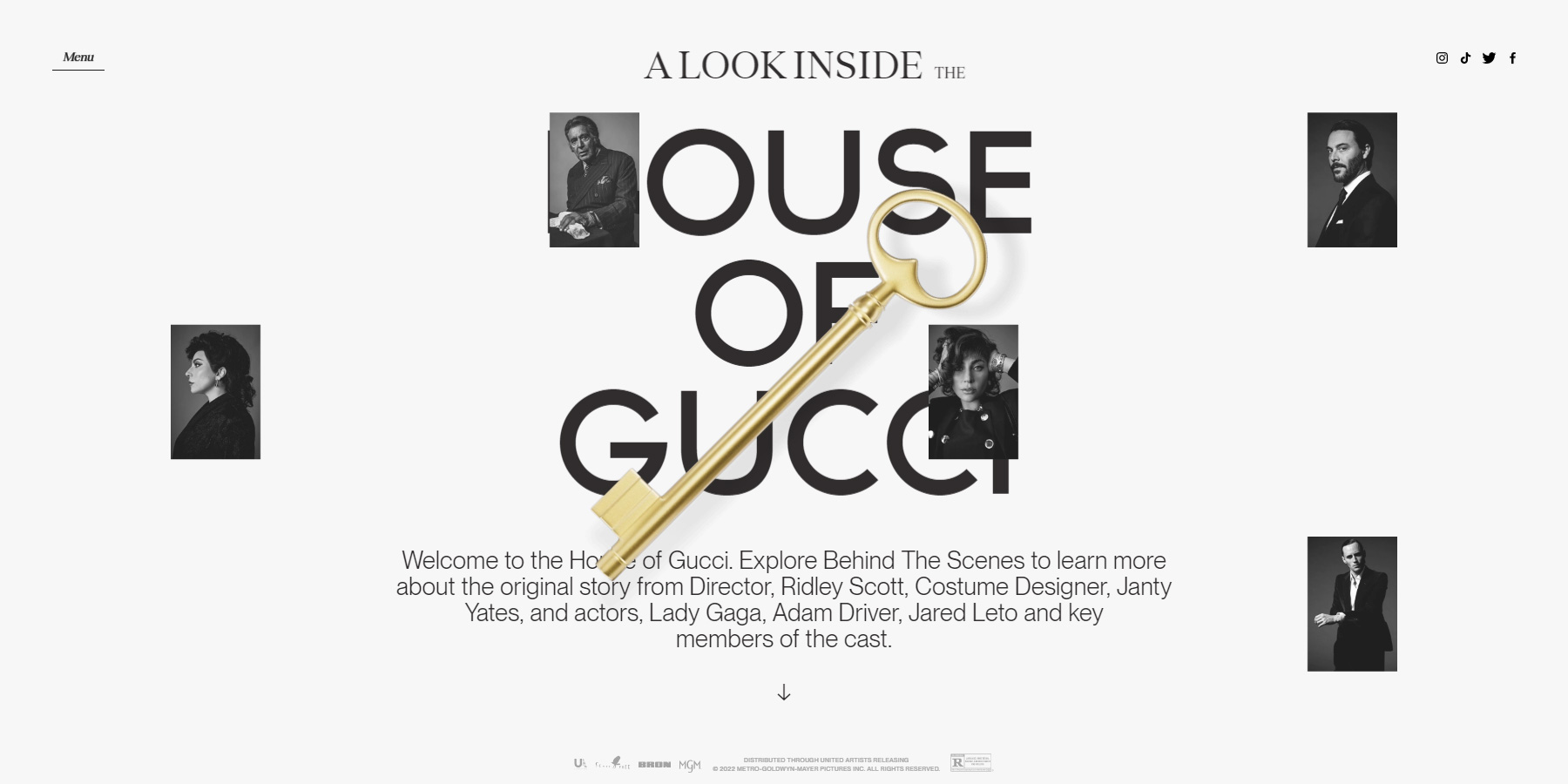The Impact of Colour in Web Design
Design

In the dynamic world of web design, the strategic use of color goes beyond mere aesthetics. It plays a pivotal role in shaping user experiences, conveying brand identity, and fostering emotional connections. In this blog post, we'll delve into the profound impact of color in web design, exploring its psychological nuances and practical applications.
Understanding Color Psychology:

Colors Evoke Emotions and Associations:
The choice of colors on a website can evoke a spectrum of emotions and associations. Understanding color psychology is key to crafting a design that resonates with your audience. Warm colors like red and orange can convey energy, excitement, and passion, while cool colors like blue and green suggest calm, trust, and stability. By tapping into these emotional triggers, web designers can create a more immersive and engaging user experience.
Branding & Color Choice:

Reflecting Identity and Values:
Your brand's color palette is more than just a visual choice; it's a reflection of your identity and values. Consistency in color use across your website builds brand recognition. Whether it's the iconic red of Coca-Cola or the soothing blue of Facebook, the right color choices can make your brand instantly recognizable and leave a lasting impression on users.
Creating Emotional Connections:

Different Colors, Different Emotions:
Colors have the power to create distinct emotional connections with users. For instance, the color red can evoke a sense of urgency, making it suitable for sale announcements or calls to action. On the other hand, green may represent growth, health, and wellness. Understanding the emotional impact of each color allows web designers to tailor their choices to the desired user response.
Accessibility Considerations:

Ensuring Inclusivity:
While the aesthetic appeal is crucial, it's equally important to ensure that your chosen color scheme is accessible to all users, including those with visual impairments. Tools are available to check color contrast and maintain readability. By prioritizing accessibility, web designers can create an inclusive digital environment that accommodates diverse user needs.
Building Trust & Credibility:

Harmonious Color Schemes:
The harmony of a website's color scheme can significantly impact how users perceive the professionalism and trustworthiness of a brand. A well-thought-out and cohesive color palette conveys a sense of order and professionalism. Conversely, too many clashing colors can make a website appear unprofessional or confusing, undermining the credibility of the brand it represents.
In conclusion, the impact of color in web design extends far beyond visual aesthetics. It is a powerful tool that can evoke emotions, build brand identity, create emotional connections, ensure accessibility, and foster trust and credibility. As your web design and development agency navigates the intricate world of color, consider it not just as a design element but as a strategic component that can elevate your websites to new heights of user engagement and brand recognition.